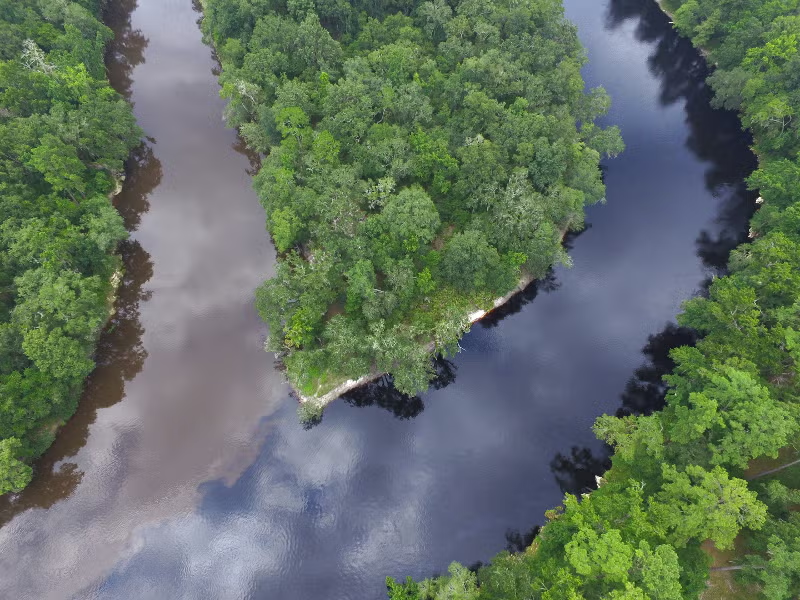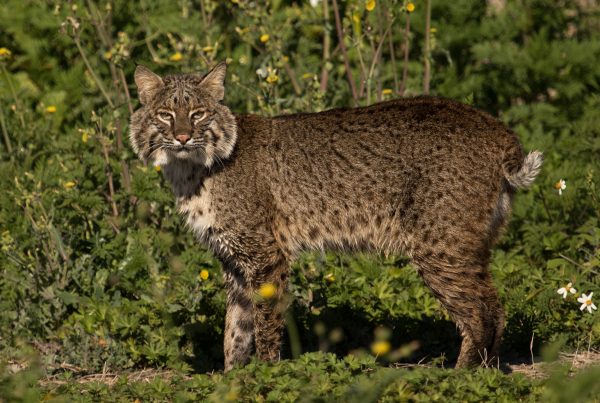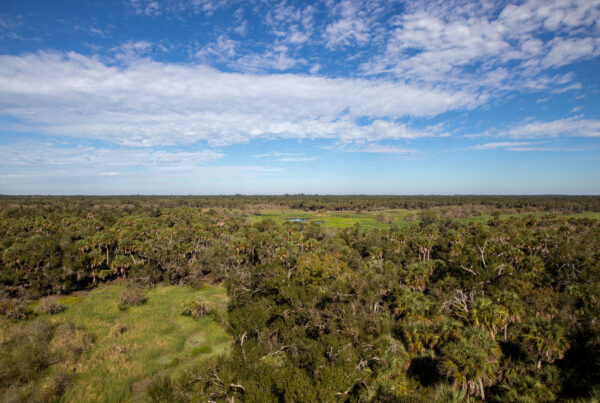Each fall, one of Florida’s most ancient residents sets out on a journey as old as the rivers themselves. The Atlantic sturgeon (Acipenser oxyrinchus oxyrinchus), whose ancestors swam alongside dinosaurs more than 120 million years ago, begins its seasonal migration from our rivers to the open Atlantic.
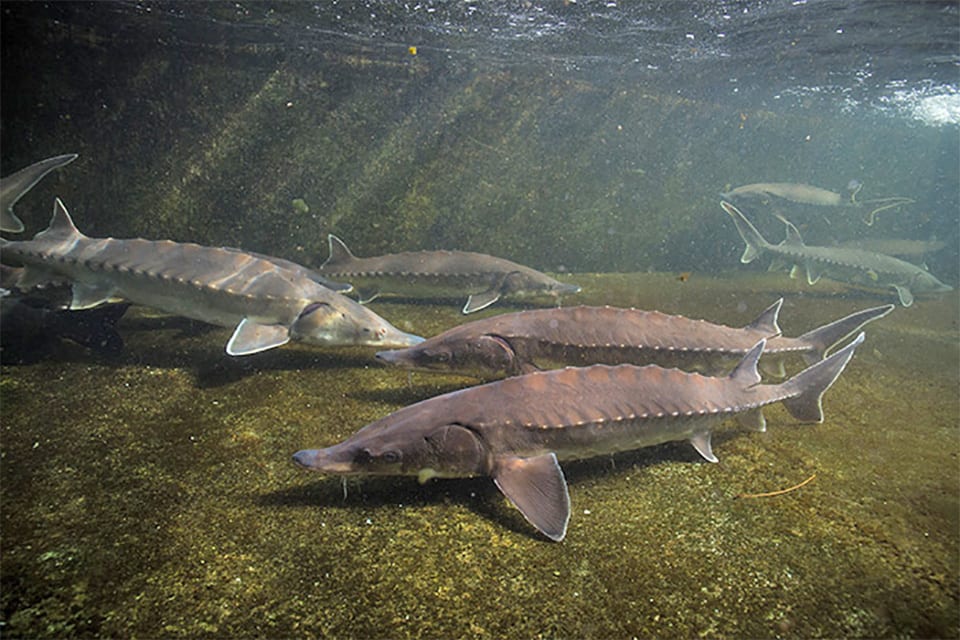
Atlantic Sturgeon. Photo by Ryan Hagerty | USFWS
In Florida, Atlantic sturgeon are most closely associated with the Suwannee and Apalachicola Rivers. Adults spend much of the year in freshwater, returning to these rivers to spawn and rest in cool, shaded waters. As summer fades and water temperatures drop, they begin moving downstream to estuaries and the ocean, where food is abundant and conditions are favorable for the months ahead.
Built for the Journey
Atlantic sturgeon are unmistakable. Their tough, bony plates, or scutes, give them a prehistoric appearance, while whisker-like barbels help them detect prey along the river or ocean floor. These fish can live for more than 60 years, reach lengths of up to 14 feet, and travel hundreds of miles between feeding and spawning grounds. Juveniles typically remain in their home river for up to six years before venturing out to sea, beginning their own long migrations.
In the Southeast, spawning migrations often occur from late summer into fall. Adults move upriver to lay eggs in areas with hard-bottom substrates, such as gravel or cobble, where eggs can settle securely and remain oxygenated. Once spawning is complete, these ancient fish gradually make their way back to saltwater, where they spend the winter feeding on worms, crustaceans, and other bottom-dwelling prey.
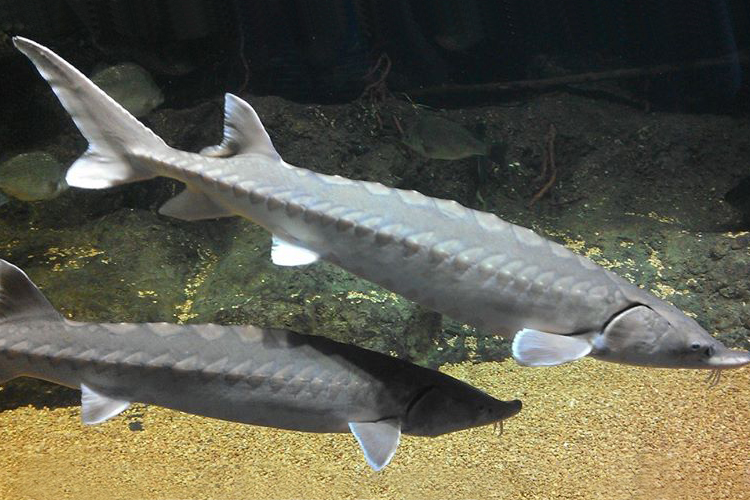
Atlantic Sturgeon. Photo by NOAA Fisheries
A Species in Recovery
Once abundant along the East Coast, Atlantic sturgeon populations plummeted in the 19th and 20th centuries due to overfishing, habitat loss, and pollution. The demand for their eggs (roe), processed into caviar, was a major driver of this decline. Today, the South Atlantic distinct population segment, which includes Florida’s sturgeon, is listed as endangered under the Endangered Species Act. Recovery depends on protecting and restoring healthy river systems, improving water quality, and safeguarding critical habitats from spawning grounds to coastal feeding areas.
Why It Matters
The Atlantic sturgeon’s migration links the health of our rivers to the vitality of our estuaries and the Atlantic Ocean. Protecting them means protecting these interconnected systems—benefiting countless other species and the people who rely on clean water and thriving fisheries.
